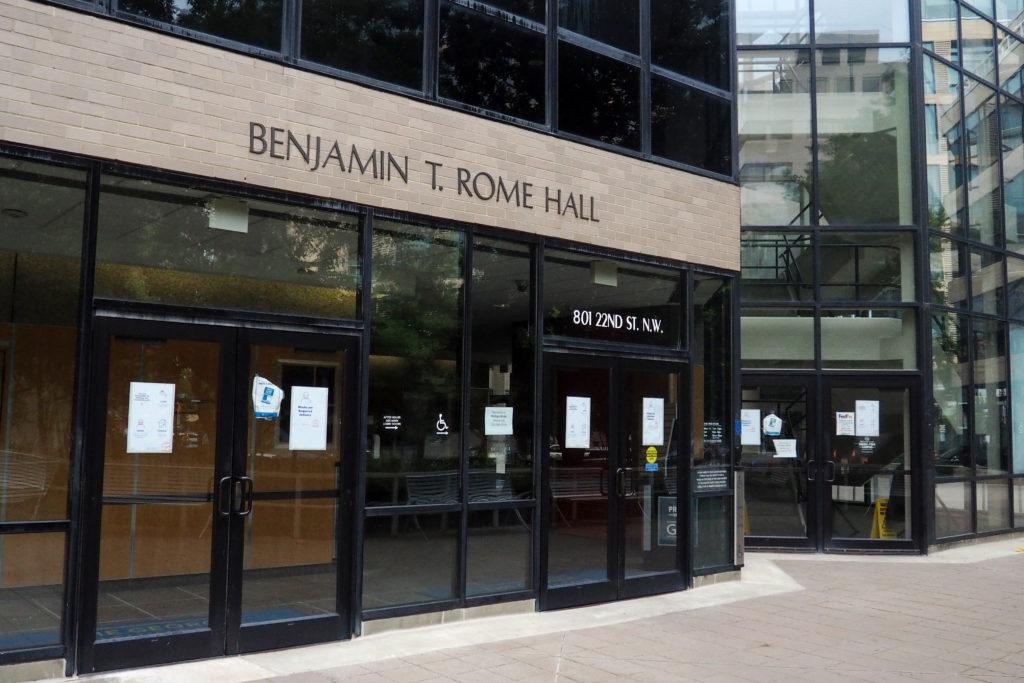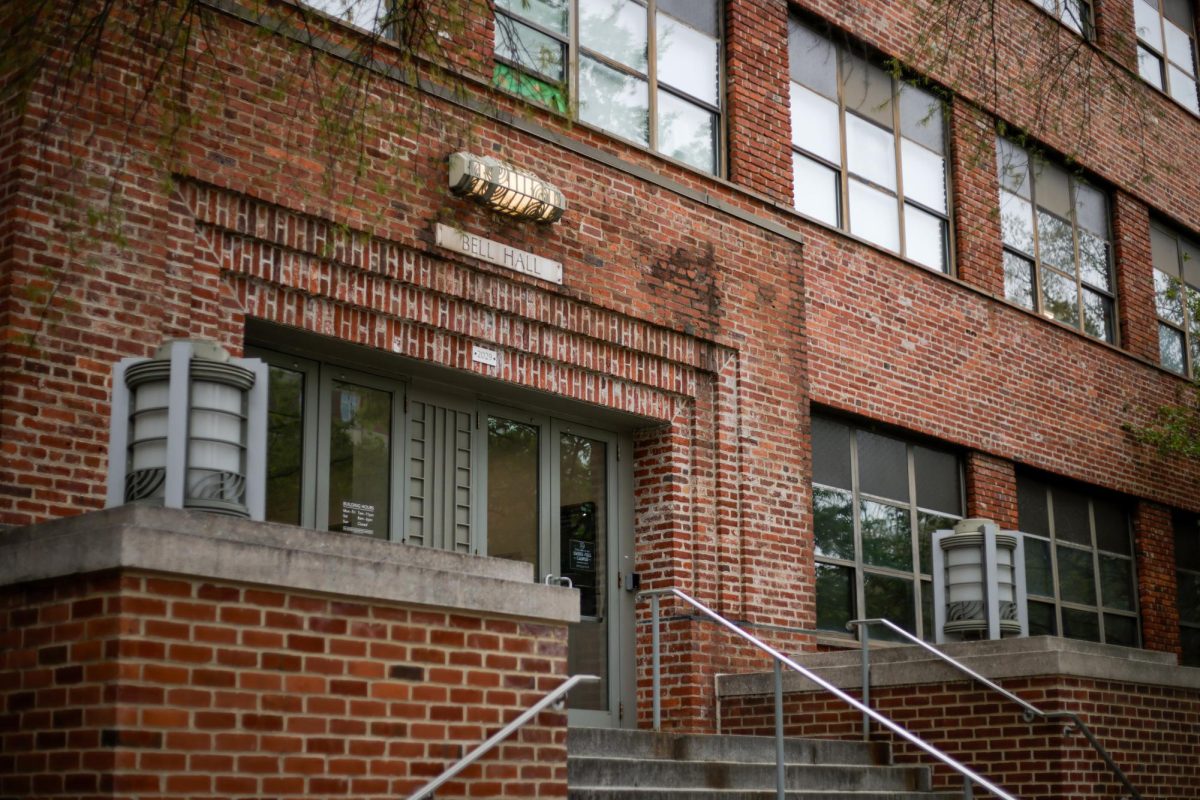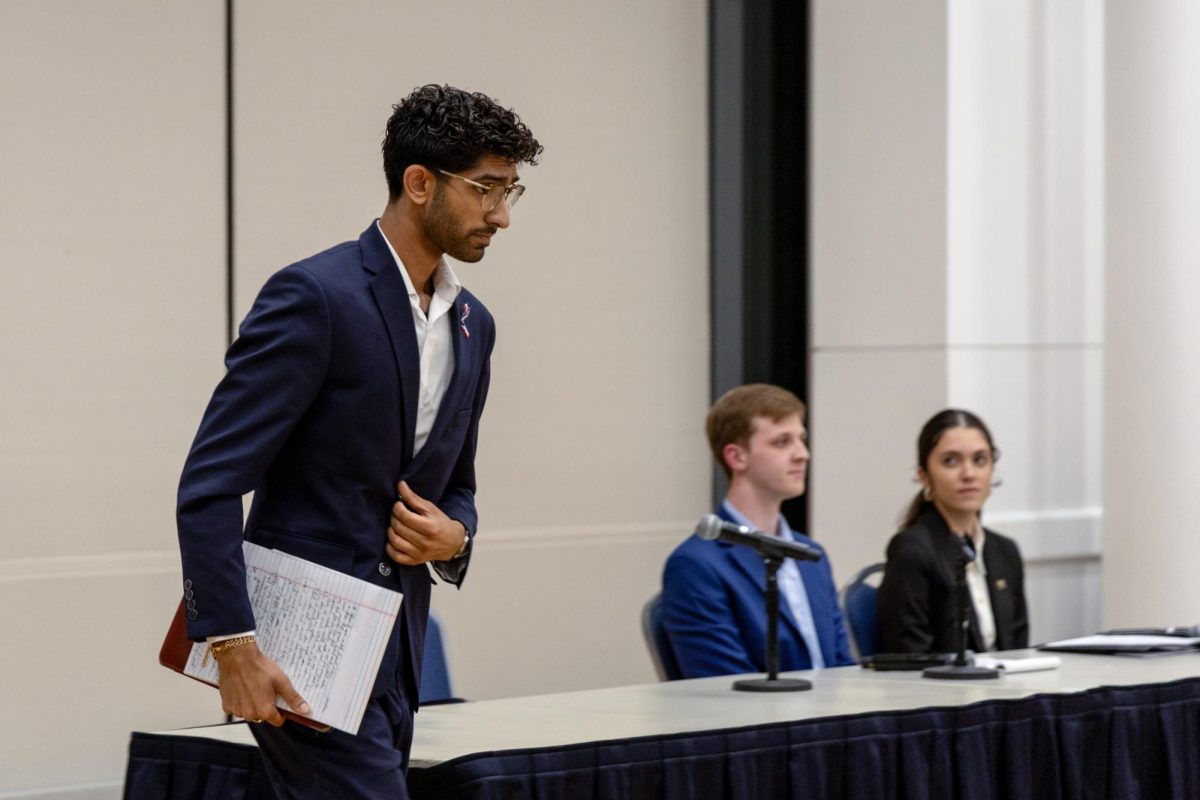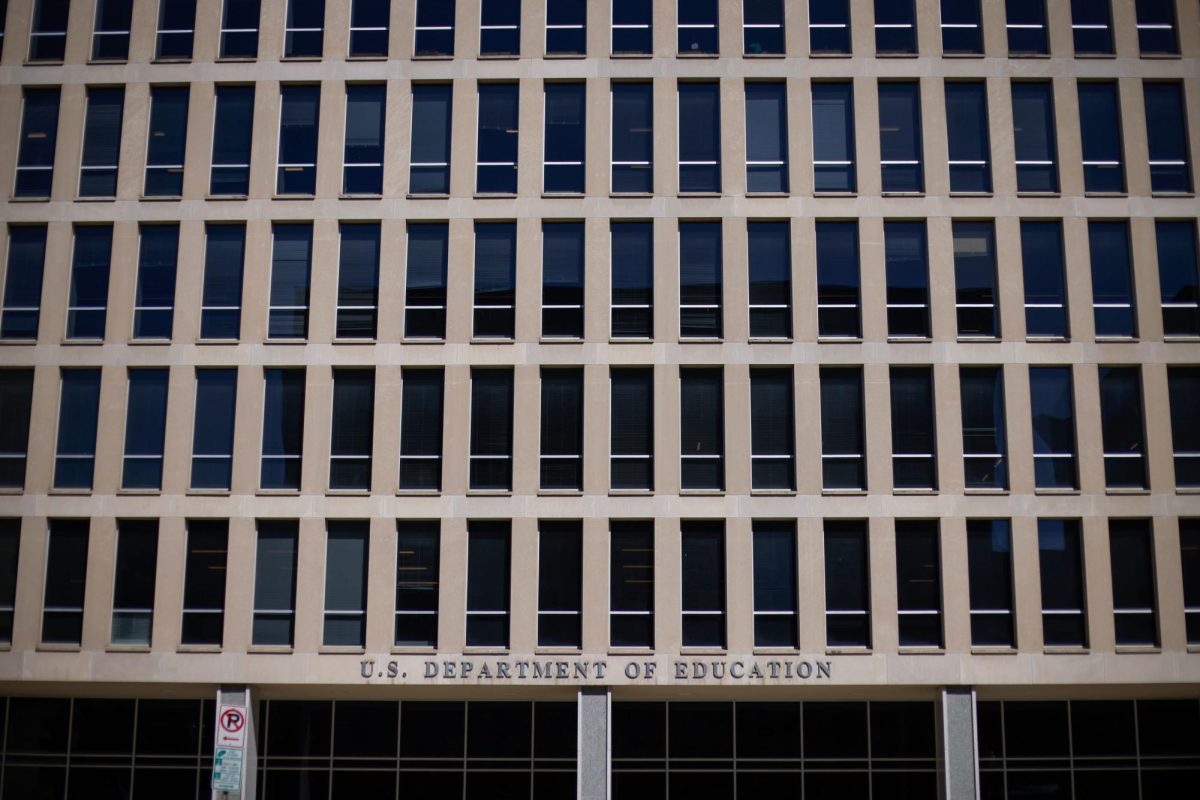The Columbian College of Arts and Sciences launched four new undergraduate degrees earlier this month to prepare STEM and fine arts students for careers on the rise.
Officials unveiled a Bachelor of Science in data science, Bachelor of Science in cognitive science of language, Bachelor of Science in psychological and brain sciences and a Bachelor of Arts in fine arts with a photojournalism concentration that students can declare this fall. Faculty involved in creating and teaching these programs said the degrees meet students’ rising interests in these academic areas amid a growing marketplace demand for graduates in these fields.
Rachel Riedner, the CCAS associate dean of undergraduate studies, said officials hired additional faculty for the data science program but none for the other three degrees. She said CCAS officials do not plan to roll out additional degree programs for this year.
“CCAS is very excited about the new degree opportunities in data science, photojournalism, psychological and brain sciences and the cognitive science of language – all of which were created in response to student interest around these topics,” she said.
CCAS officials also added an Asian American studies minor and micro-minors in health equity and immigration and migration studies as additional academic offerings for the upcoming school year.
Ryan Engstrom, the director of data science and an associate professor of geography, said the data science program’s courses will teach students to extract, handle and analyze data sets. He said students can apply that knowledge to focused areas like mathematical modeling, data journalism and geospatial data science.
The degree requires 42 program-specific credits, nine of which are concentrated in fields like astronomy, physics and geography.
“There’s so much information that’s generated today from everybody clicking on a cell phone or a computer, and all that data is stored, and there’s a tremendous amount of information,” Engstrom said. “How do you extract that information, how to use it, then how do you extract information from it, how do you turn it into something that people can easily understand?”
Francys Subiaul, an associate professor of speech, language and hearing sciences and the undergraduate adviser for the department, said the cognitive science of language degree addresses growing student interest for language sciences and makes GW a “pioneer” in the discipline with its interdisciplinary and research-focused offerings.
The degree requires a minimum of 63 credits with at least 19 in introductory STEM courses.
“The Bachelor of Science in cognitive science of language differs from the Bachelor of Arts offered by the department in its focus on a strong STEM background, scientific reasoning and practical research skills to apply to language- and communication-relevant problems in a variety of fields or professions,” Subiaul said in an email.
Dwight Kravitz, an associate professor of cognitive neuroscience, said the psychological and brain sciences program focuses on empirical and analytical methods and skills needed to understand complex human behavior with a combination of research and psychology classes. He said the new degree came about after students sought a more science-based program centered around neuroscience and cognitive neuroscience instead of biology.
The degree requires 34 credits with 12 elective credits in psychology.
“They should find themselves with a firm grounding in the analytical techniques needed to reason in complex domains generally,” Kravitz said. “That might span everything from computer vision to social behavior depending on the courses taken.”
Matt Eich, an assistant professor of photojournalism, said officials launched the Bachelor of Arts degree in fine arts, as opposed to the original Bachelor of Fine Arts, to help photojournalism students struggling to add a double major. He said the bachelor of fine arts degree was too “credit intensive” with 87 required credits.
He said the new program allows a “flexible” track with fewer general art classes than the BFA and more elective opportunities for students wishing to study photojournalism in addition to other fields, like sociology, English and the sciences.
The degree requires 51 credits with 42 in fine arts and art history and nine in SMPA.
“Let’s say you came to GW and have discovered photography or photojournalism in your first year, decided you wanted to major in it your second year – that’s a lot more possible with the Bachelor of Arts track than with the BFA where you’d have to kind of go back and play catch up,” Eich said.








